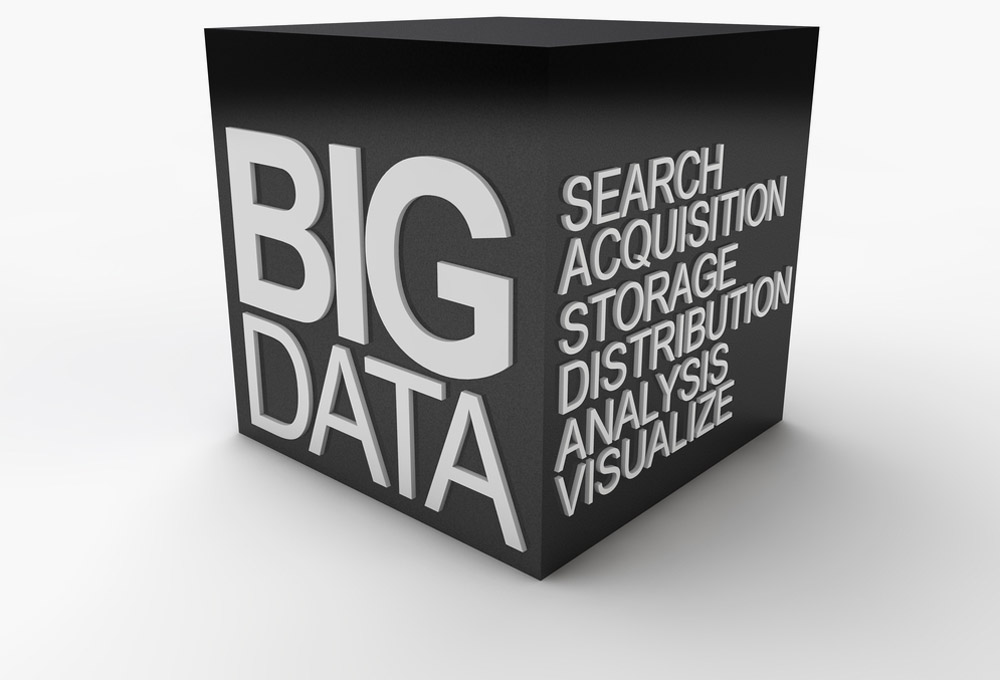Big Data, IoT and AI - the holy tech trinity - is powering the exponential boom of technology in today's society. Yet businesses are only just scratching the surface when it comes to getting the most out of this ecosystem. One of the biggest obstacles to wider adoption of this ecosystem is a lack of understanding of what each technology does and how they connect to make a bigger picture. Take Big Data and IoT. Thanks to the rise of the Internet of Things (IoT), an abundance of data from every possible industry imaginable is available to be harvested and analysed. According to data software giant SAS, in 2012 the amount of big data stored across the world exceeded 2.8 zetabytes; this is predicted to be 50 times larger by 2020. However, globally, we only analyse approximately 0.5% of this data. Getting the most out of data remains the biggest challenge facing business leaders today.
We’ve toyed with the potential of AI for decades but only recently have the possibilities of its real-world application been realised. Deep Machine Learning, the most advanced form of AI currently, has been the key to analysing the huge amounts of data provided by the IoT and applying it to practical tasks. From filtering our email inbox, to route navigation software, and even mastering hugely complex board games, AI is the final piece of the jigsaw, uniting these three exciting technology innovations.
Another reason why businesses are being timid with integrating IoT, AI and Big Data technology into their companies is because of initial outlay. Investing in items such as RFID enabled sensors, mobile hardware and a full IoT data analytics suite can be costly. However, they have the potential to bring significant cost savings in the long-term, offering a highly effective ROI solution.
For example, an entire business can be connected from the production line to the field and with AI enabled analysis of its data, new insight becomes available which can be used to transform processes. From here the possibilities are endless.
With Big Data, IoT and AI working seamlessly together, solutions to asset management, remote monitoring, predictive maintenance, customer insight, workflow and a wealth of other processes key to any business can be gained at an unprecedented level for the first time.
Within manufacturing, this could translate to having sensors on machinery that send data to the central AI system which in turn could be able to predict when the machine is about to break. This allows maintenance to be predictive rather than reactive. With reactive maintenance, emergency repairs can cost 3 to 9 times more than planned repairs. The cost of shipping spare parts and machine down-time during production can result in down time costs of up to ?18,000 per machine in some work environments. Further, full data analytics can inform actionable KPIs and event data capture, reducing problem solving time and even the possibility of automating processes.
This is a reality right now. Rolls Royce, utilising Microsoft’s Azure IoT Suite, is now using smart sensors installed in their jet engines to enable engineers to get immediate operating data. Maintenance expenditure in aviation is a major bugbear, with engines being the highest cost item. The fuel cost, per hour, for one jet engine on a Boeing 747-400 during a transatlantic flight in 2015, was as much as $3,500 per hour. Through intelligent use of AI enabled software that uses big data to control engine management and maintenance hardware, they are able to reduce the cost associated with ground maintenance and disruption significantly.
Detailed and personalised insight into customers is another major advantage of harnessing these three technologies. With the democratisation of technology and increased competition, customer experience is vital today more than ever - bad customer experience is no longer excusable. Now, businesses no longer need to guess when targeting consumers or when marketing.
Fitness First are using wearable technology combined with Apple’s iBeacon protocol to enable targeted fitness related content to be sent to customers when they enter the gym. This could be fitness regimes tailored to the individual based on data gathered from their wearable, or any content to help them with their personal fitness. This level of personalisation and detailed insight, which improves customer satisfaction, is possible only through the combination of IoT, AI and big data.
Here is indeed, the holy trinity – large amounts of data, that can now be analysed in real-time and applied practically, and through devices permanently tuned into the data. Oh, did I also mention that scalability is built-in?




